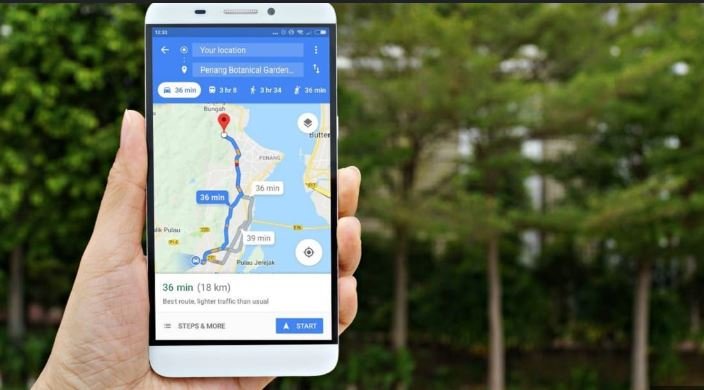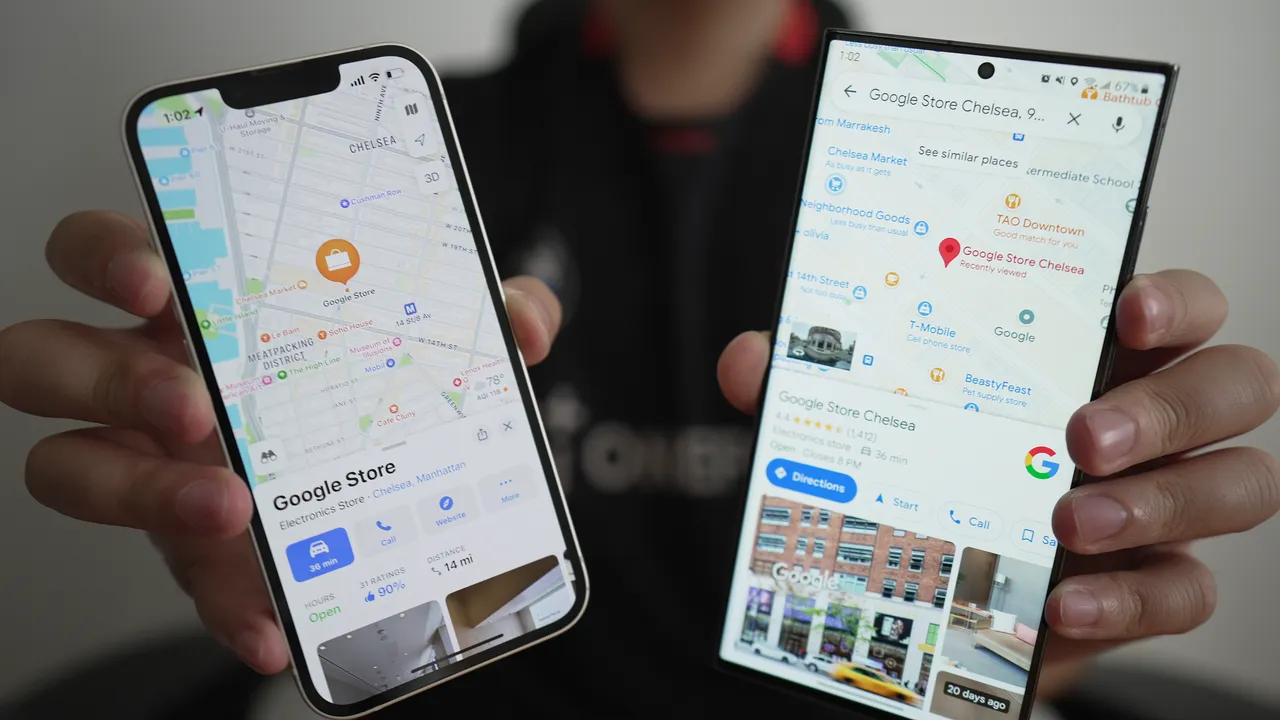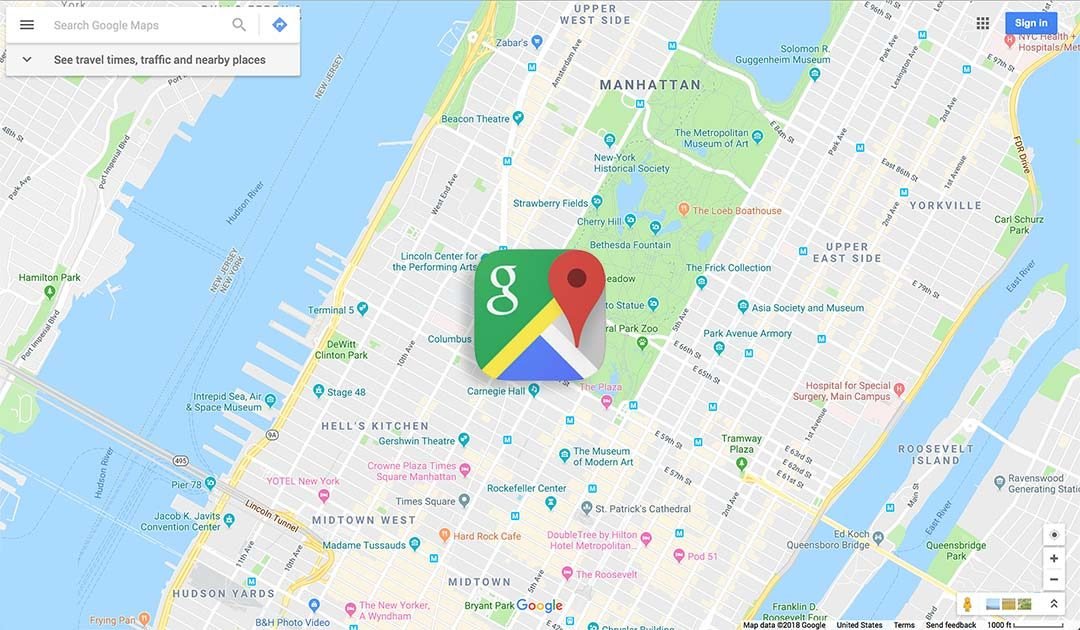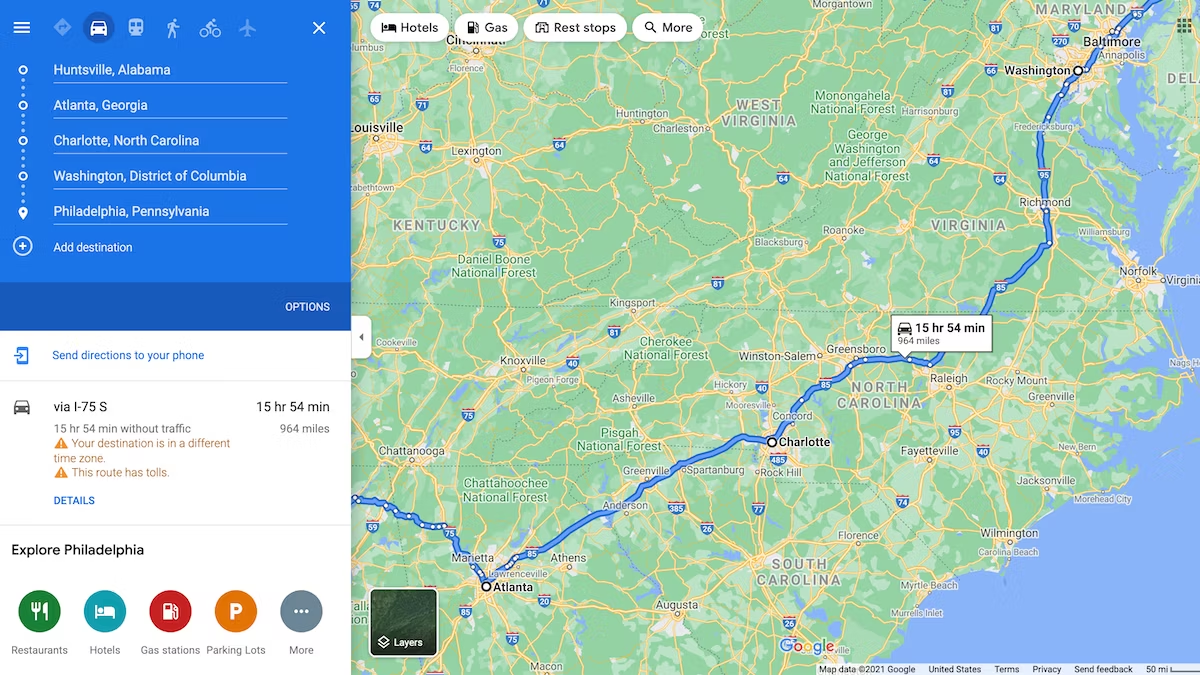In the fast-paced world of delivery services, efficient route planning is crucial for minimizing delivery times and reducing operational costs. Google Maps offers a suite of tools and APIs designed to enhance route planning and navigation, making it an invaluable resource for delivery service providers. This article explores how to optimize route planning using Google Maps, highlighting key features and best practices to ensure timely and cost-effective deliveries.

Leveraging Google Maps Directions API
The Google Maps Directions API is a powerful tool for calculating optimal routes between multiple locations. By integrating this API, delivery service apps can determine the best paths considering various factors such as traffic conditions, road closures, and distance. The Directions API provides real-time route updates, ensuring that drivers follow the most efficient routes. This capability is particularly beneficial during peak traffic hours or in urban areas with frequent congestion, helping to avoid delays and improve delivery times.
Real-Time Traffic Data
One of the standout features of Google Maps is its access to real-time traffic data. By leveraging this information, delivery services can adjust routes dynamically based on current traffic conditions. The Traffic Layer API overlays traffic data onto the map, providing visual indicators of traffic flow and congestion. This real-time insight allows dispatchers and drivers to make informed decisions, rerouting deliveries to avoid heavy traffic and ensuring timely arrivals. Real-time traffic data integration is essential for maintaining high service standards and meeting delivery time windows.
Multiple Stops and Route Optimization
For delivery services handling multiple stops, optimizing the sequence of deliveries is critical. Google Maps offers tools for route optimization, allowing multiple destinations to be inputted and the most efficient sequence calculated. The Distance Matrix API helps determine travel times and distances between multiple points, enabling the optimization of delivery routes. By reducing unnecessary travel and ensuring logical delivery sequences, this feature helps save time, fuel, and operational costs.
Geofencing and Location-Based Services
Geofencing capabilities in Google Maps enable delivery services to create virtual boundaries around specific areas. When a delivery vehicle enters or exits these geofenced areas, automated notifications can be triggered. This feature is particularly useful for providing customers with real-time updates on their delivery status. For example, customers can receive notifications when the delivery is nearby or when it has been completed. Geofencing also assists in monitoring driver compliance with designated delivery zones, ensuring that vehicles stay within operational boundaries.
Offline Maps for Remote Areas
Delivery services often operate in areas with inconsistent or poor internet connectivity. Google Maps’ offline functionality allows delivery drivers to download map data and access it without an active internet connection. This feature ensures that drivers can navigate accurately even in remote locations. Offline maps are particularly useful for rural deliveries or areas where mobile data coverage is unreliable, maintaining service continuity and preventing delivery delays.
Integration with Fleet Management Systems
Integrating Google Maps with fleet management systems enhances overall delivery operations. Fleet management systems can use Google Maps APIs to track vehicle locations, monitor driver performance, and optimize fleet routes. By providing real-time data on vehicle positions and traffic conditions, these integrations enable more efficient dispatching and route adjustments. The combination of Google Maps and fleet management systems results in better resource allocation, improved delivery times, and enhanced customer satisfaction.
Enhancing Customer Experience
Optimizing route planning with Google Maps not only benefits delivery operations but also enhances the customer experience. Accurate and timely deliveries build customer trust and satisfaction. Features like real-time tracking, delivery time estimates, and automated notifications keep customers informed and engaged. By leveraging Google Maps’ capabilities, delivery services can provide a seamless and transparent experience, leading to higher customer retention and positive reviews.
Conclusion
Google Maps offers a comprehensive set of tools and APIs that are essential for optimizing route planning in delivery services. From real-time traffic data and route optimization to geofencing and offline maps, these features help delivery services operate efficiently and reliably. By integrating Google Maps into their systems, delivery companies can improve operational efficiency, reduce costs, and enhance the overall customer experience. In a competitive delivery market, leveraging the power of Google Maps is a strategic advantage that can drive business success.











